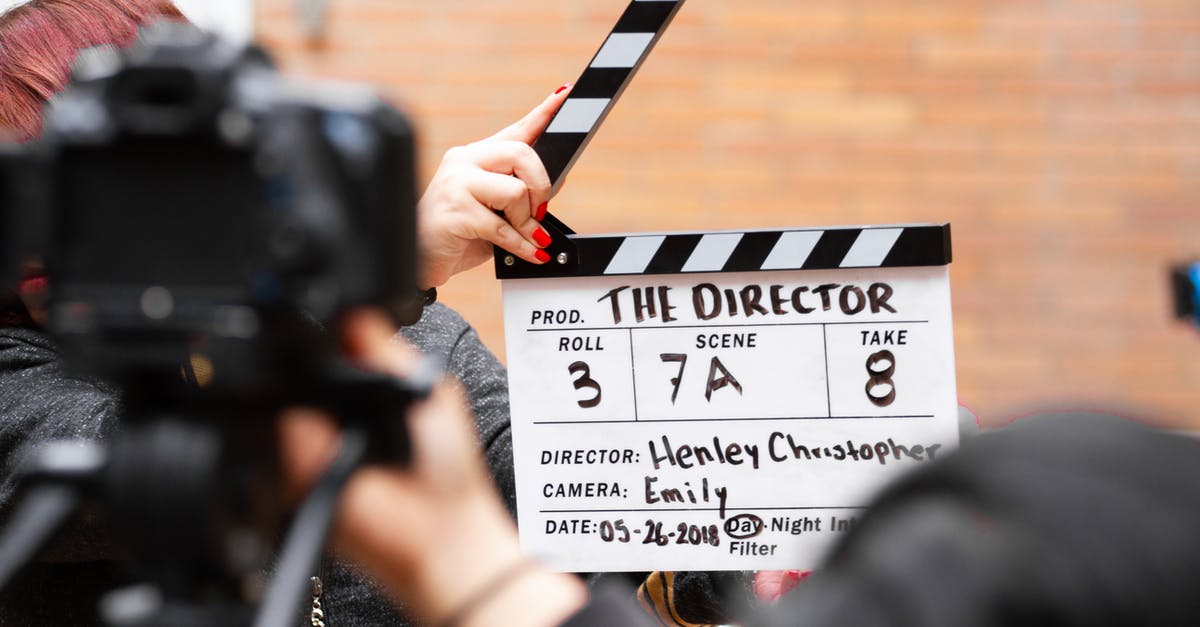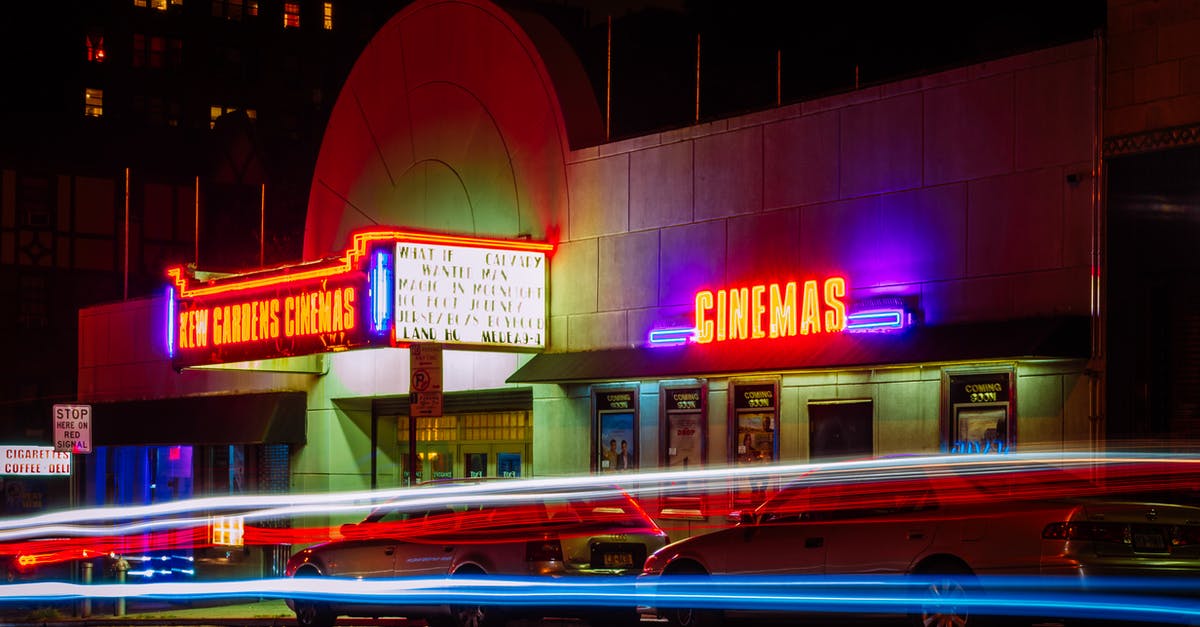To which degree are movies filmed simultaneously in different languages?

After having watched the Tamil movie Raavanan I was surprised to learn that there is also, Raavan, a Hindi version of this movie, which was produced and released simultaneously by the same director and crew and some of the same actors (one actor, Vikram, even switched roles in the different versions). While I'm used to the occasional remake of existing movies or even shot for shot remakes of TV-shows from another country, this whole approach was absolutely new to me and I haven't ever heard of such a procedure before, especially as someone used to dubbing or even movies filmed with different language actors redubbed to a unified release langauge. In fact the Tamil version was even dubbed and released in Telugu afterwards, without completely refilming the whole movie.
My first question is thus first and foremost if it is actually common practice in Indian cinema to simulataneously make a movie in multiple languages or if this is also done in other movie industries (where the language situation is as diverse). Or is this only made for the occasional big production, or maybe only by some filmmakers? Furthermore, and maybe concentrating on Raavanan and Raavan in particular if not generally answerable, I'd like to know if those versions are really made exactly equal or if there are larger-scale differences in the story catering to the specific demands of the respective cultures (though judging from Wikipedia the filming locations of both movies were also largely the same).
I should add, that I'm not looking for mere examples of other occasions of this practice here, but a more large-scale explanation of the situation.
Best Answer
Firstly, people in different parts of India speak different languages, so, If a movie is made with reputed cast and crew then the producers are likely to dub the movie in different languages such that people all over India would enjoy watching movie in their native language. Also remember that the movies with high budget are the ones mostly get dubbed in different languages to get good money collections at box office.
Now, as per your question, you were surprised that the movie is released with different crew in two different languages mainly Tamil and Hindi and also asked whether if it is actually common practice in Indian cinema to simultaneously make a movie in multiple languages.
My answer, I would not say it is a common practice but definitely it's not surprising for us in India. Let me give a quick brief about the director of the movie. Mani Ratnam born in Tamil Nadu (a state in south India) but his film making is admired by the whole nation. His movies are made in one language and dubbed in different languages.
The movie Raavanan (tamil) and Raavan (Hindi) is simultaneously released. As you mentioned, the actor of the tamil movie Raavanan is Vikram, he is very reputed in South India for his acting skills and South Indians would love to see Vikram in a dominant role in Raavanan rather than a Hindi actor Abhishek Bachchan who also happens to be famous for good acting skills. Similarly, the same thing applies for the North Indians. This may be the reason why Raavanan with Vikram is made in Tamil and dubbed in Telugu and probably Kannada and Malayalam (native languages for Southern Indians) and Raavan with Abhishek Bachchan is made in Hindi. So, it is in his best interest to entertain both North and South Indian audience. He made few of his movies with this strategy.
In an interview, he speaks about how he felt making the same movie with different cast.
Directors normally find it a nightmare to juggle just one cast, and here you have gone made the same movie twice, in Hindi and Tamil. What was your experience?
I had two nightmares (laughs). I have not done this before, and the two movies were shot back to back, not simultaneously. I dealt with two different set of actors, and each brought its own changes. Filmmaking brings its own organic way of doing things, changes, it develops a character of its own.
Dil se is a movie he made in Hindi and dubbed in Tamil.
Did you resort to this because in Dil Se/Uyire, the same cast speaking in two different languages did not gel with the audience, and that the north and south have their own sensibilities?
Dil Se was dubbed into Tamil as Uyire. Dubbing a movie brings its own set of compromises, and you end up losing some of the elasticity.
your another question,
if those versions are really made exactly equal or if there are larger-scale differences in the story catering to the specific demands of the respective cultures
In some cases, even though the story line remains exactly the same, but their might be differences in the different versions with respect to culture and fashion, examples : dressing style and living style.
In some other cases, consider this movie Ye Maaya Chesave (2010) in Telugu and Vinnaithaandi Varuvaayaa (2010) in Tamil, both directed by Gautham Menon with different cast and released simultaneously.
In Tamil version, the heroine leaves the hero in the second half of the movie and gets married with another guy in the end.
But in the Telugu version, director learned that this kinda ending would disappoint Telugu audience so he changed the ending where heroine patches up with hero in the end and they both get married.
So, you could say that the directors make films with also keeping audiences opinions in mind.
Pictures about "To which degree are movies filmed simultaneously in different languages?"



Is Film School For You? 5 Reasons You Should \u0026 Shouldn't Attend
More answers regarding to which degree are movies filmed simultaneously in different languages?
Answer 2
Whilst it is no longer 'common' for films to be produced in different languages, as the dawn of the 'sound era' of cinema this was standard practice.
The original Dracula is the most notorious version of this: During the day MGM would shoot with Bela Lugosi, then in the evenings the Spanish crew would take over the set and continue filming with Carlos Villarías... the practice was known as 'Multiple-Language Versioning', and the reason studios pursued such an arduous task is because sound was a relative novelty, and often the only reason a studio would make a film in the first place.
Most features were indeed reproduced scene for scene, line for line, as this was a contractual obligation and a means of control by the studio, an early exercise in consistency of branding.
One example that didn't follow this pattern was Paramount on Parade, a musical that was re-shot in over 12 different languages with 12 different casts, each one the most recognisable face that Paramount Studios had on contract for their country of release. Obviously this was novelty, but to shoot in 3 or 4 languages was not unheard of.
Place-cards had been standard practice, and as such made films interchangeable across international markets. Studios no-longer wanted this, as they though it devalued their product: hence the insistence on sound.
These days, people are comfortable reading subtitles, and typically they are preferred over dubbing into other languages: the performance of the actors is almost entirely based on the delivery of their lines, with the speech variations and manner producing meaning. To dub over this is to remove the performance, and in recognition of this the process of dubbing is rapidly falling out of fashion in all but childrens cinema...
Its incredibly rare to hear of a modern film shot in more than one langauge, but asyou've proved in your question, its not unprecedented...
Sources: Stack Exchange - This article follows the attribution requirements of Stack Exchange and is licensed under CC BY-SA 3.0.
Images: Martin Lopez, Nathan Engel, Rachel Claire, Rachel Claire
